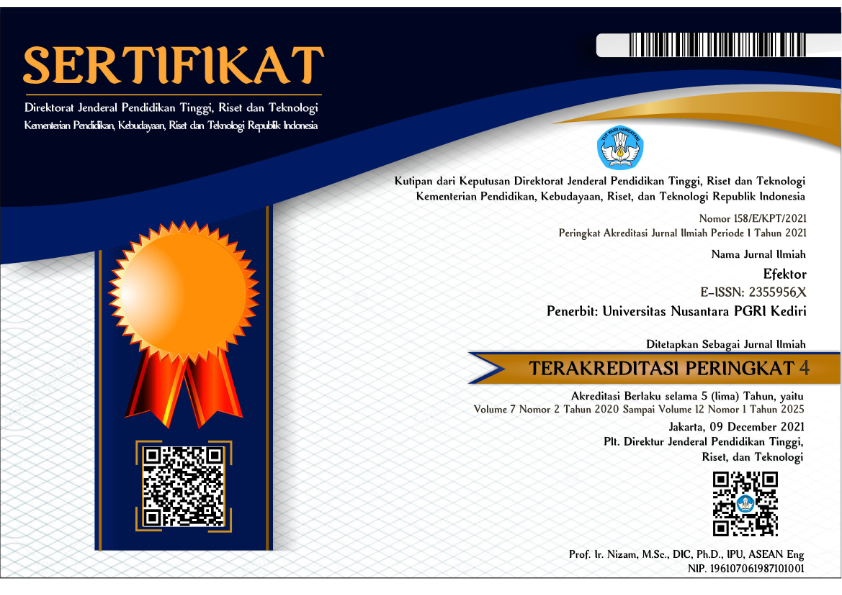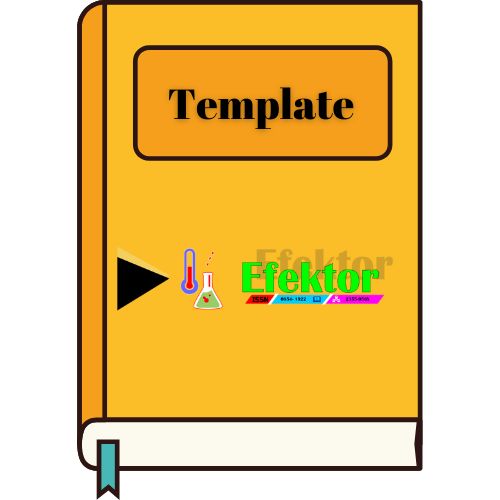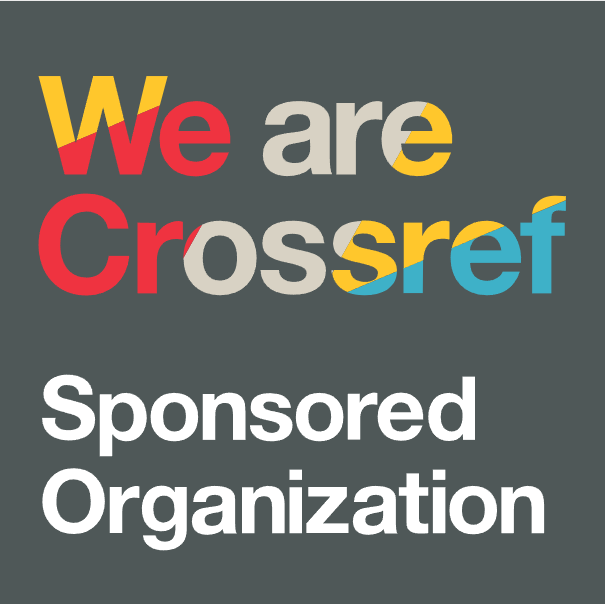Analisis Representasi Matematis Mahasiswa Teknik Informatika Dalam Menyelesaikan Soal Riset Operasi
DOI:
https://doi.org/10.29407/e.v6i2.13234Keywords:
Representasi Matematis, Persoalan Transportasi, Riset OperasiAbstract
Mathematical representation is very necessary for understanding concepts and solving mathematical problems, which can improve students' mathematical communication skills and play a role in improving mathematical competence. In the Department of Informatics, one of the compulsory subjects that require mathematical representation is the Operational Research course. Mathematical representation is needed in solving the problems of Operations Research because Operational Research uses mathematical models as a problem-solving approach. This study discusses the Analysis of Mathematical Representations in Completing the Transportation Problem in Operational Research Informatics Engineering students. The results of the analysis show that the mathematical representation of informatics students namely high-ability students can complete with multiple representations both representation visually and verbally and provide complete answers, but for low-ability students only provide visual representation only, and lack verbal representation and answers what is given is incomplete. And mathematical representation in solving operational research questions still needs to be improved.
References
Kartini. (2009). Peranan Representasi Dalam Pembelajaran Matematika. Prosiding Seminar Matematika Dan Pendidikan Matematika FMIPA UNY 05 Desember 2009. Retrieved from http://eprints.uny.ac.id/7036/1/P22-Kartini.pdf
Sabirin, Muhamad. 2014. Representasi Dalam Pembelajaran Matematika. JPM IAIN Antasari vol. 01 No. 2 Januari-Juni 014, h.33-34. https://media.neliti.com/media/publications/121557-ID-representasi-dalam-pembelajaran-matemati.pdf
Siang, Jong Jek. 2011. Riset Operasi Dalam Pendekatan Algoritmis. Yogyakarta: Andi
Sugiyono. 2007. Metode Penelitian Pendidikan: Pendekatan Kuantitatif, Kualitatif dan R&D. Bandung: Alfabeta.
Downloads
Published
Issue
Section
License
Authors who publish with this journal agree to the following terms:
- Copyright on any article is retained by the author(s).
- The author grants the journal, the right of first publication with the work simultaneously licensed under a Creative Commons Attribution License that allows others to share the work with an acknowledgment of the work’s authorship and initial publication in this journal.
- Authors are able to enter into separate, additional contractual arrangements for the non-exclusive distribution of the journal’s published version of the work (e.g., post it to an institutional repository or publish it in a book), with an acknowledgment of its initial publication in this journal.
- Authors are permitted and encouraged to post their work online (e.g., in institutional repositories or on their website) prior to and during the submission process, as it can lead to productive exchanges, as well as earlier and greater citation of published work.
- The article and any associated published material is distributed under the Creative Commons Attribution-ShareAlike 4.0 International License













